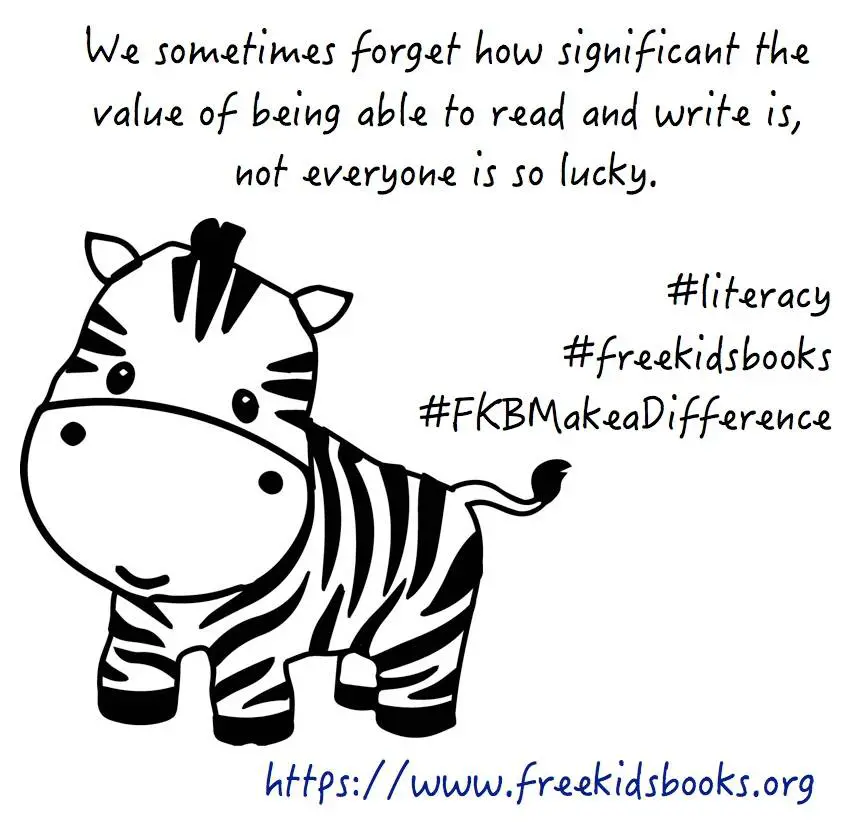
Introducing children to dogs can be a rewarding experience, fostering empathy, responsibility, and confidence. However, to ensure a harmonious relationship, it’s essential that kids understand basic dog behavior. Dogs communicate differently from humans, and teaching children to recognize these signals can prevent misunderstandings and ensure the safety of both child and pet. Here are six tips to help kids better understand dog behavior and build a strong, positive bond.
Teach the Basics of Canine Body Language
Dogs use body language to express their emotions and intentions. Helping children recognize these cues is a critical first step in understanding dog behavior. Explain common signals such as:
- Tail Wagging: A wagging tail doesn’t always mean a dog is happy. It can indicate excitement, nervousness, or even aggression, depending on the context.
- Ears and Posture: Upright ears and a stiff posture may indicate alertness or aggression, while relaxed ears and a loose posture suggest calmness.
- Yawning or Lip Licking: These are often signs of stress or discomfort rather than tiredness or hunger.
Encourage children to observe and interpret these signals rather than relying on assumptions. For example, if a dog’s ears are pinned back and its tail is tucked, it may be feeling scared or threatened.
Emphasize Respect for Personal Space
Dogs, like people, need personal space to feel secure. Teach children to avoid invading a dog’s space, especially when the animal is eating, sleeping, or playing with a toy. Explain that sudden movements or loud noises can startle a dog and make it feel unsafe.
Children should also learn to approach dogs calmly and wait for the dog to come to them rather than rushing forward. This approach helps build trust and shows the dog that the child is not a threat.
Explain the Importance of Gentle Touch
Many dogs enjoy physical affection, but the way they are touched matters. Show children how to gently pet a dog on its back, shoulders, or chest, avoiding sensitive areas like the face, tail, and paws. Discourage rough play, such as pulling ears or fur, which can cause discomfort or even provoke a defensive reaction.
Model appropriate behavior by demonstrating how to stroke a dog softly and calmly. Reinforce the idea that gentle touch shows kindness and respect, which dogs can sense and respond to positively.
Discuss How Dogs Respond to Stress
Stress affects dogs differently than it does humans. Help children understand that dogs may exhibit specific behaviors when they feel overwhelmed, such as hiding, barking, or pacing. Explain that these actions are not “bad” behavior but rather a way for the dog to cope with stress.
For instance, if a dog starts barking excessively during a family gathering, it might be feeling overstimulated. Encourage children to give the dog some quiet time in a safe space, showing them how to recognize when a dog needs a break.
Address Potential Allergies or Health Concerns
Sometimes, children’s interactions with dogs are influenced by health considerations, such as allergies. If your child has a persistent dog allergy, it’s essential to manage the situation carefully. Explain to your child why certain precautions are necessary, such as washing hands after touching the dog or limiting direct contact in specific situations.
By involving children in managing allergies, they can still form a connection with the family pet while understanding the importance of their health. For families considering adding a dog to the household, hypoallergenic breeds may be an option worth exploring.
Encourage Empathy Through Storytelling
Empathy is a cornerstone of understanding dog behavior. Help children see the world from a dog’s perspective by sharing stories or scenarios that illustrate how dogs think and feel. For example, describe how a thunderstorm might be frightening for a dog or how a new environment can make them feel anxious.
Books, videos, and role-playing games are excellent tools for teaching empathy. Ask questions like, “How do you think the dog feels when someone takes its toy?” to encourage children to think critically about a dog’s emotions and needs.

Teaching kids to understand dog behavior is an investment in fostering a safe and loving relationship between children and pets. By recognizing body language, respecting personal space, practicing gentle touch, and managing stress, children can develop the skills needed to interact with dogs responsibly. Plus, addressing health concerns like allergies ensures that these interactions remain positive and safe.
With these tools, kids can build meaningful connections with dogs that enrich their lives and teach valuable lessons in compassion and care.











